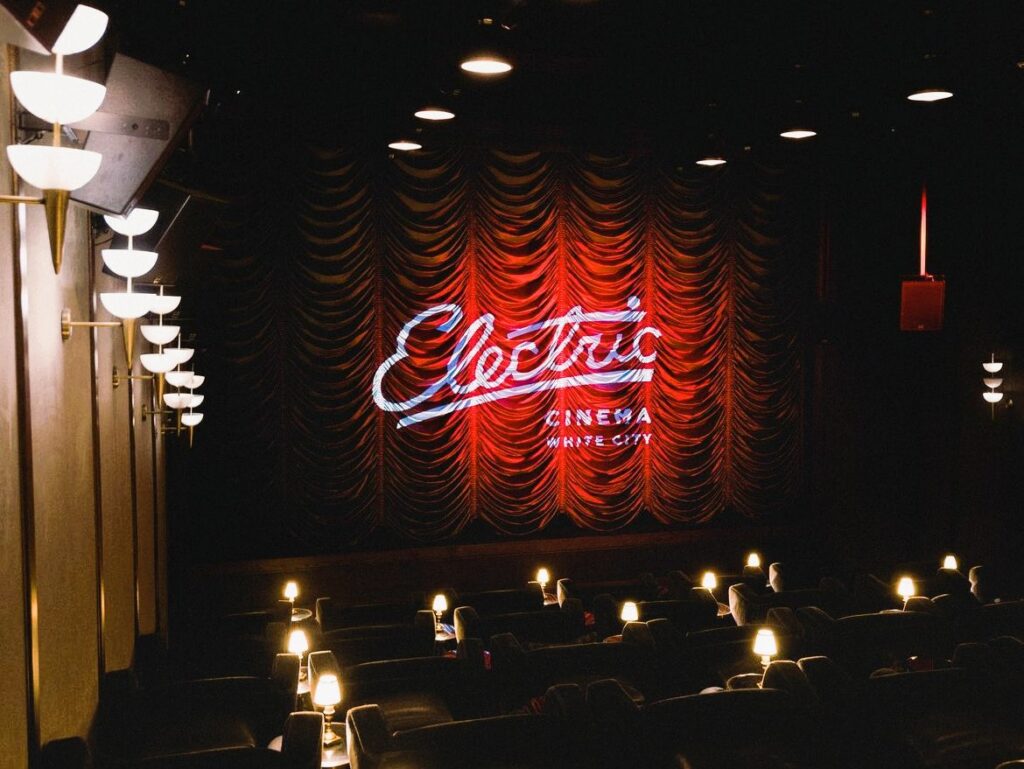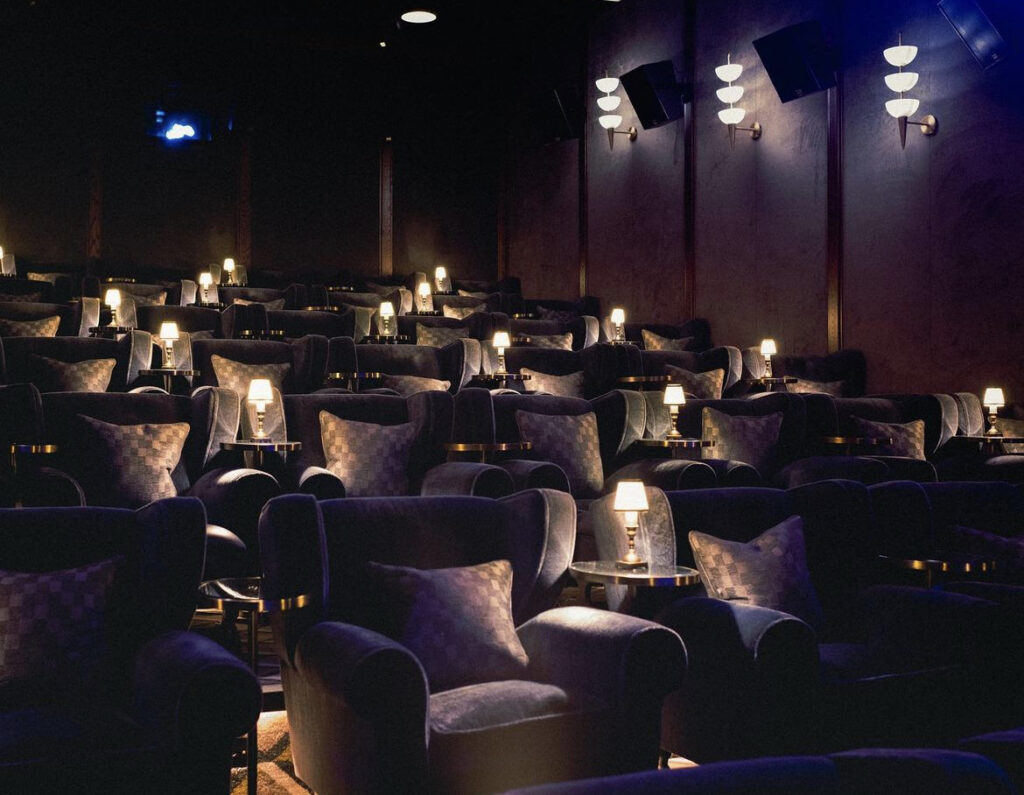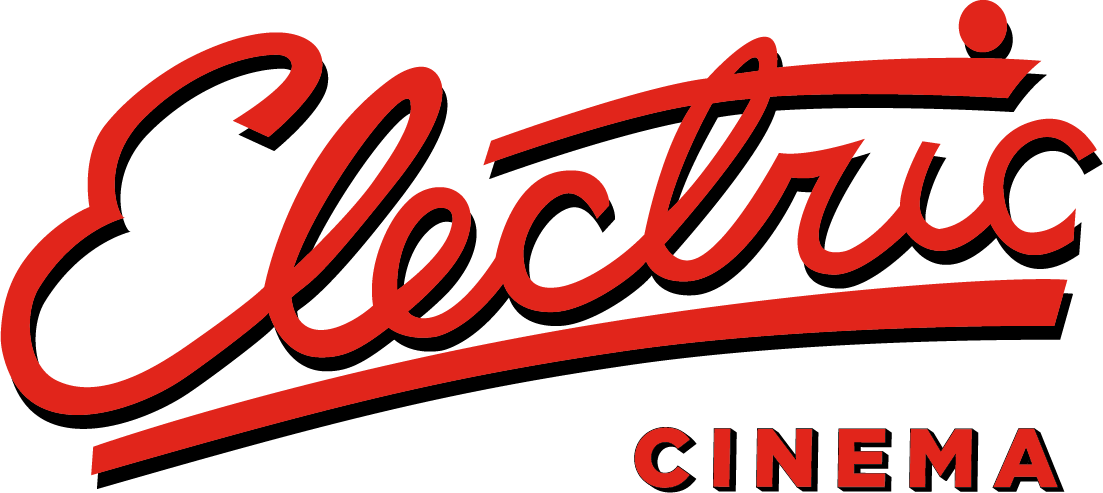History of Electric Cinema White City
Discover the story of how the old BBC Television centre became the new home of the Electric.
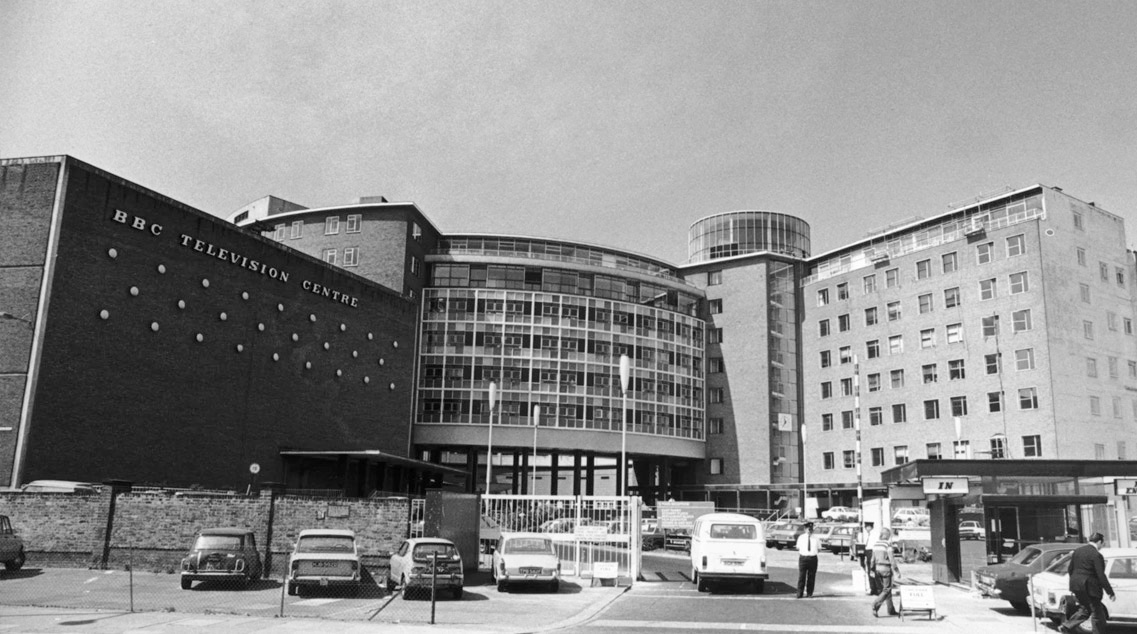
The History of Television Centre
Television Centre was built on the site of the Franco-British Exhibition of 1908. A large public fair, its intricate white buildings and waterways gave rise to the area’s name of White City. Attracting 8 million visitors, the exhibition was constructed to celebrate the signing of the Entente Cordiale, an agreement of cooperation that marked the end of nearly a thousand years of conflict.
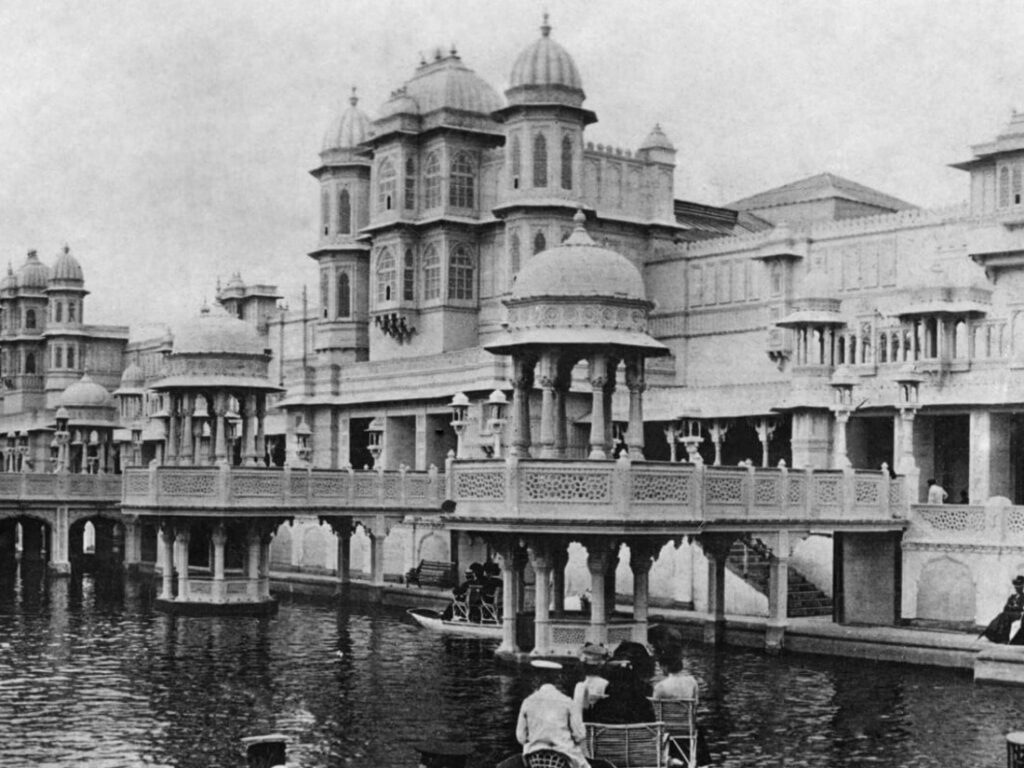
The building was conceived in 1949 when the BBC acquired a 13 acre site in White City, West London. Architect Graham Dawbarn designed a ring of studios radiating from a central courtyard, with a service road running around the outside to supply scenery and equipment. In 1960 only four studios of the eventual eight were complete. The famous question mark floor plan wasn’t realised until the spur was added in 1966, housing the news centre. The building has been extended further over the years and its gradual development means it has kept pace with technological developments.
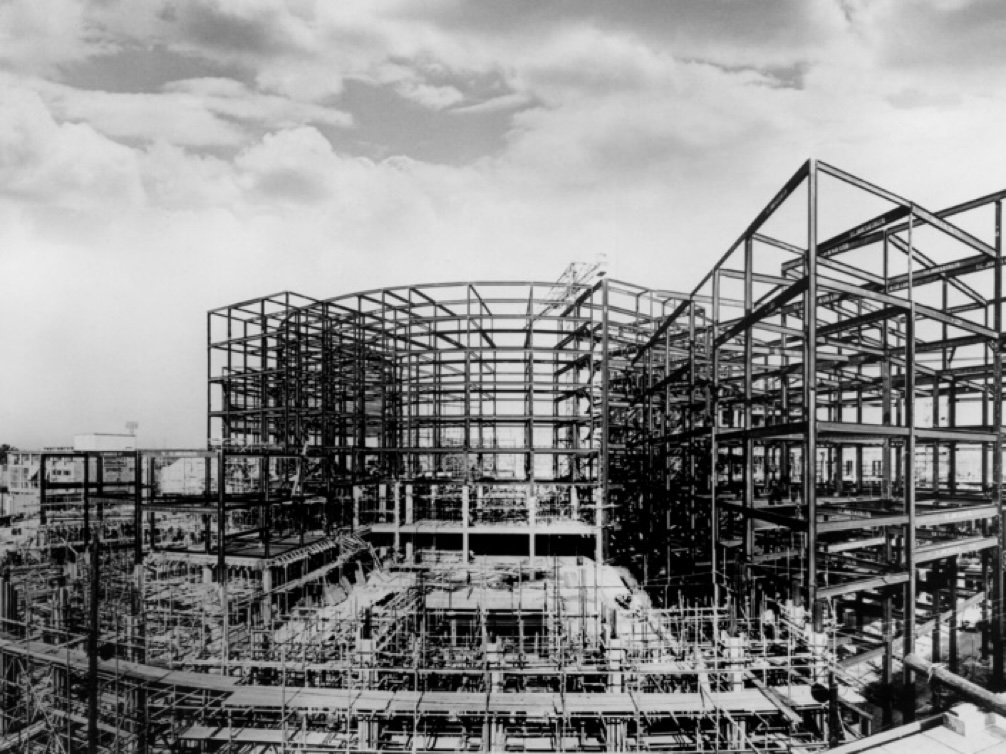
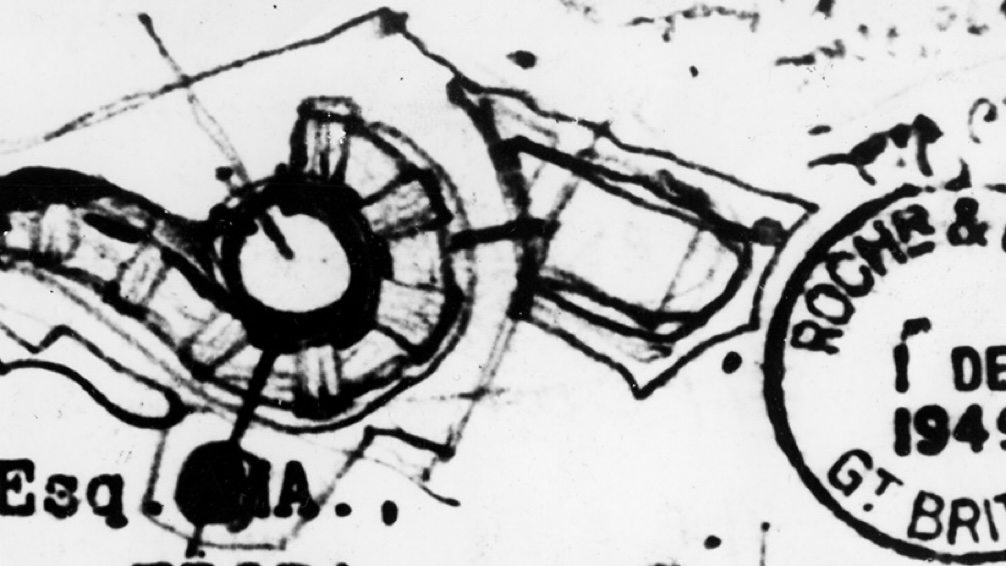
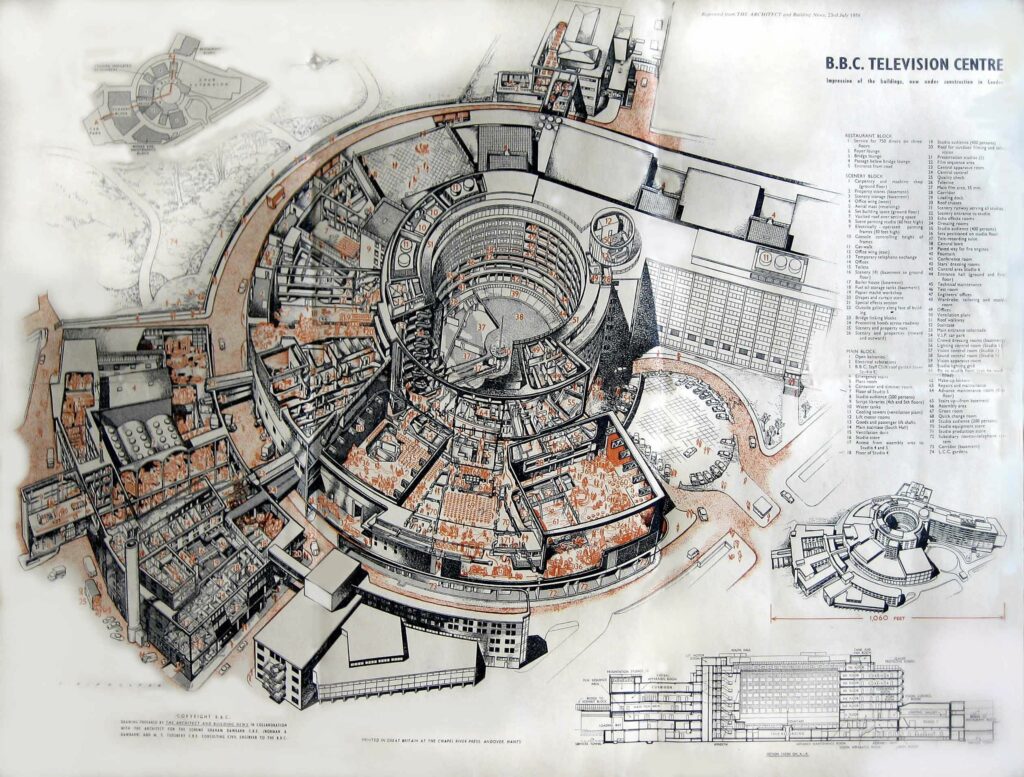
HM Queen Elizabeth II visited Television Centre in 1961. After six years of construction, she toured the £12m complex and its seven studios – designed to produce about 1,500 hours of programme material a year – where she watched the filming of children’s show Crackerjack, met the crew and visited the wardrobe and make-up departments and scenery block.
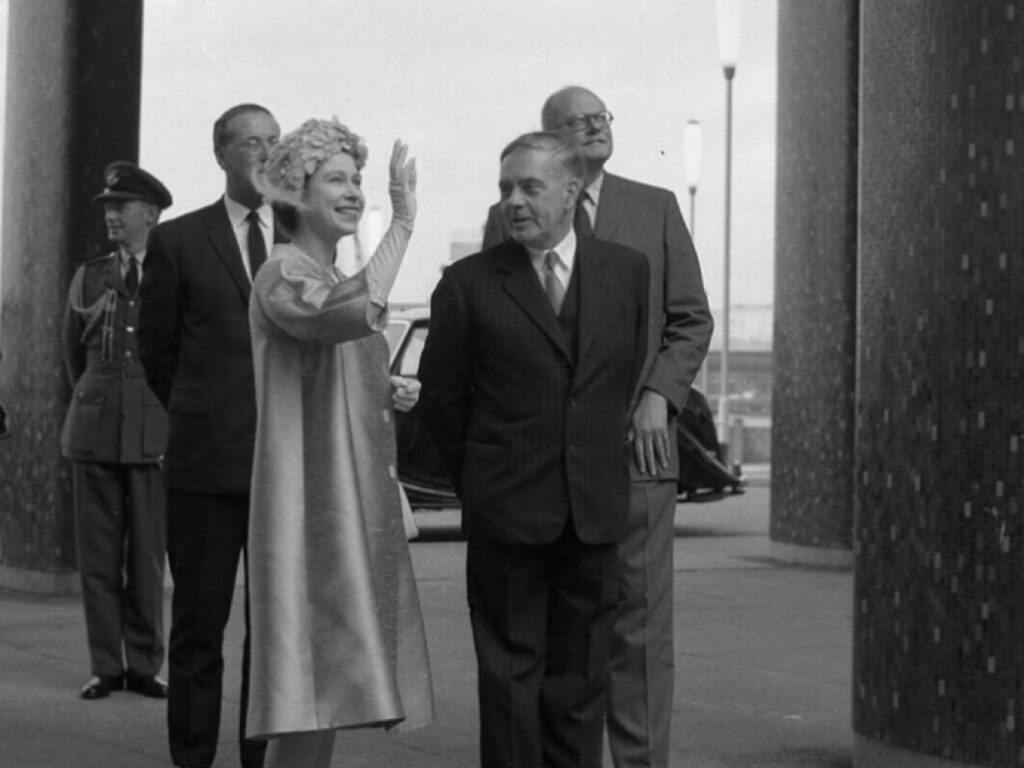
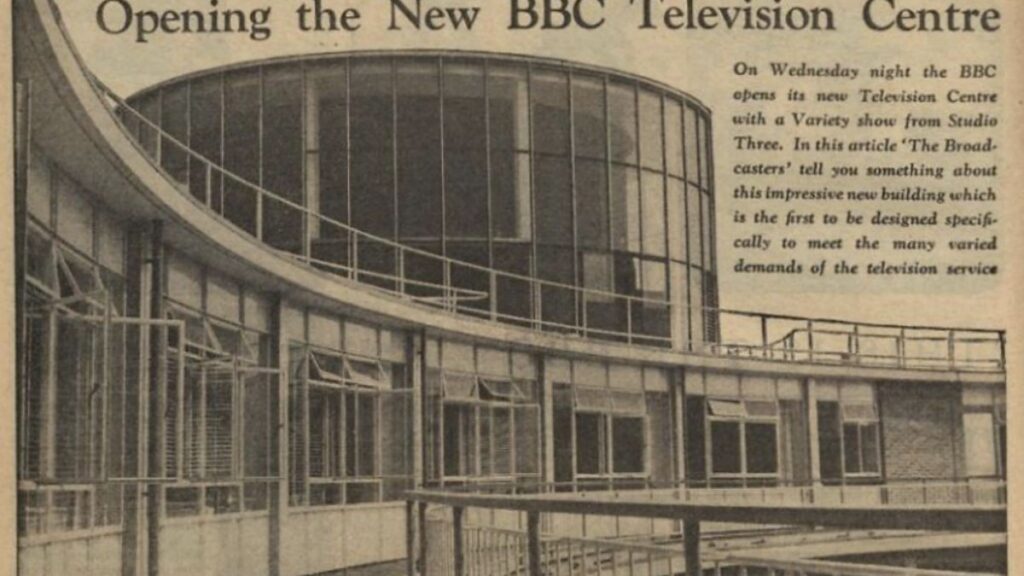
Three years after opening its doors, the science fiction series that pioneered “hiding behind the sofa” viewing, Doctor Who, is first filmed at Television Centre in 1963.
Blue Peter – Originally filmed onboard a ship on the Mersey, the first show for young children soon transferred to the new Television Centre, where, with presenters Valerie Singleton and Tony Hart, it developed many of its essential elements – the famous badges, “here’s one we made earlier” pieces, appeals and ‘totalisers’, pets and plucky presenters – here showing Simon Groom, Janet Ellis and Peter Duncan.
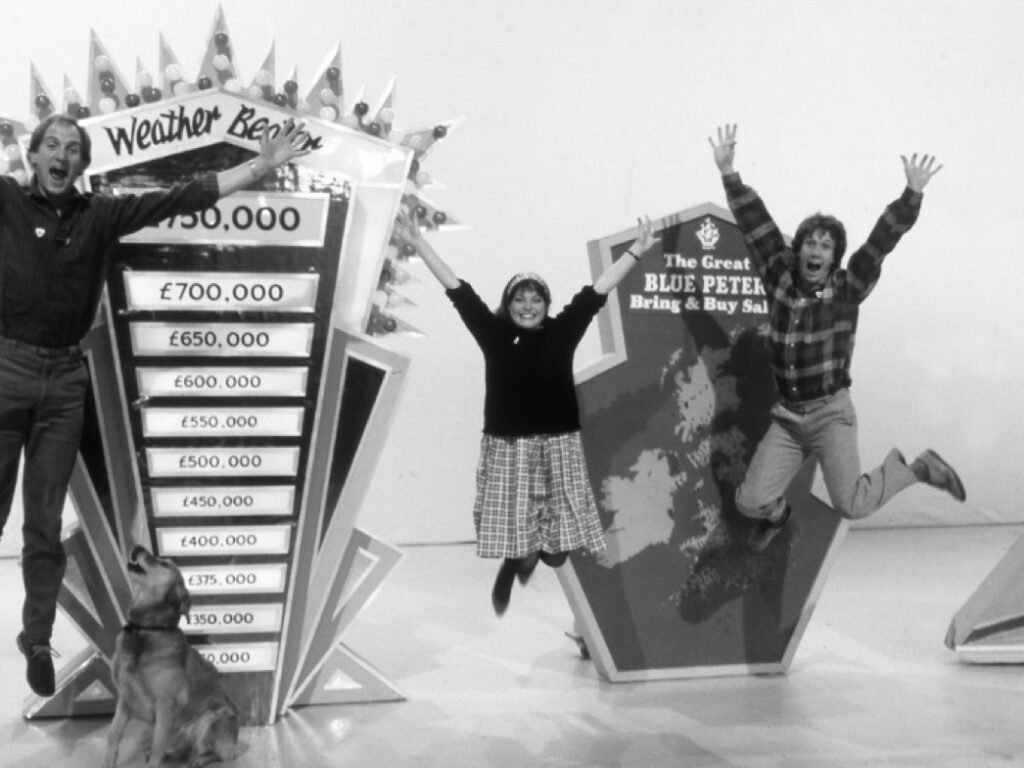
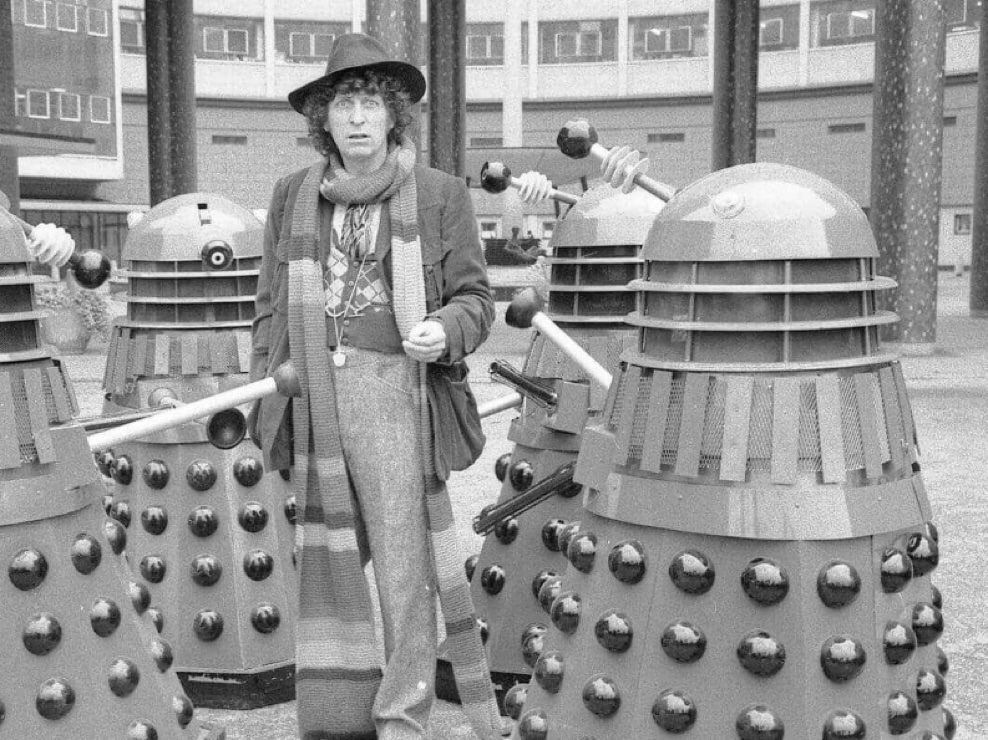
Redevelopment of BBC Television Centre
The BBC sold Television Centre in 2012 However, BBC Studios, the BBC’s commercial sales and production arm moved into the re-modelled Stage 6 section of the building in 2015. Studios 1, 2 and 3 have been refurbished and are still used by the BBC and other UK broadcasters, to record shows such as This Morning, Graham Norton & Top Gear.
The remainder of the centre has been redeveloped into luxury apartments, several bars & restauarants, and the luxurious White City House, operated by Soho House – where you will find the Electric Cinema.
Electric White City opened in September 2019, with 3 screens all featuring Dolby Atmos sound and digital laser projection.
